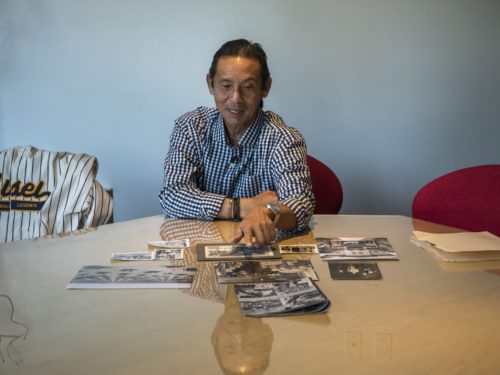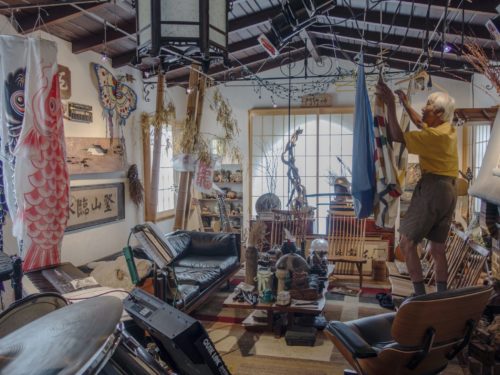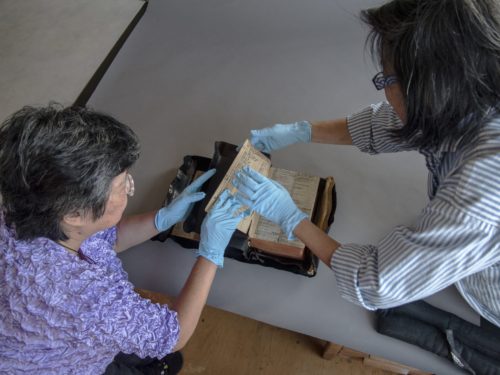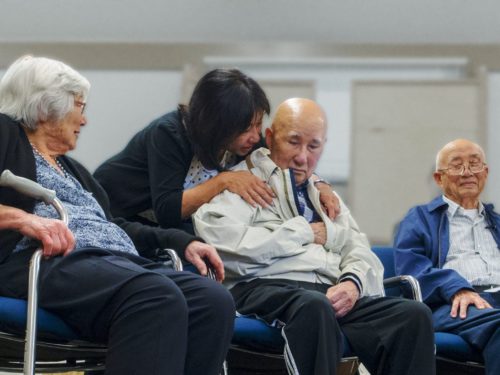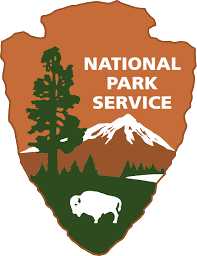50 Objects: letting things speak
Material objects have a special resonance for Americans of Japanese ancestry. When an entire racial group was banned from the West Coast during World War II, an ocean of objects was lost forever.
Emiko Omori, a Poston survivor, writes, “On February 19, 1942, the signing of Executive Order 9066 made us suspected criminals. There were no trials to argue our innocence . . . homes, fishing boats, farms, tractors, stores, pets — everything we couldn’t bury, burn, sell, carry or store was left behind for the circling vultures.”
Once imprisoned in isolated camps, people built survival objects from scratch but when the camps closed, these, too, were often left behind.
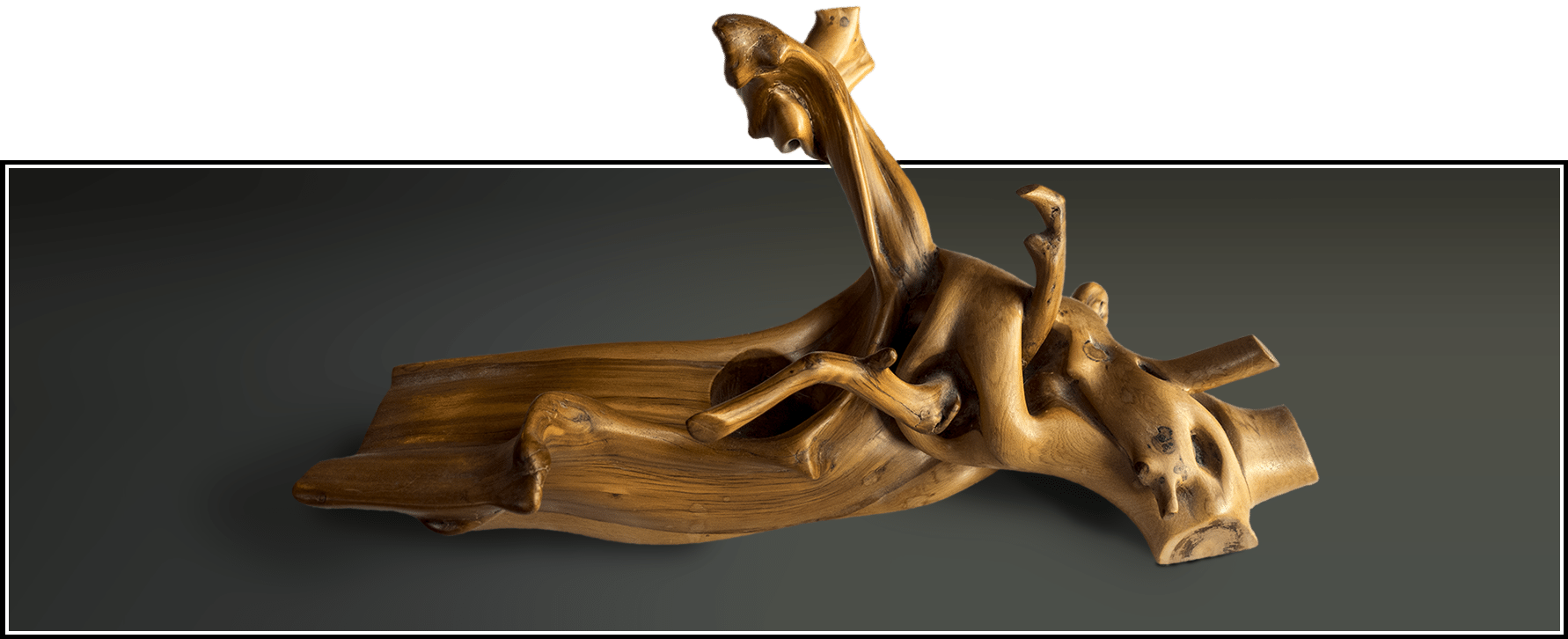
Our goal was to take things that remain and excavate their stories while some memory is still alive. What is the biography of objects that have survived a traumatic period? How do things carry memory? How do they tell the stories of people’s lives? We hoped to put a face on objects and animate the inanimate. In recovering these stories, we hope to honor the people who lived them.
Selection and research process
We located items by talking to people, visiting families, museums and online archives. Research was carried out in archives and by interviewing survivors and relatives, sometimes at camp pilgrimages. We found that people often knew each other through the web of things. This is not surprising; the items represent people who were and are part of a cultural community in which the objects played a part. Ours is only one possible grouping of 50 objects. It was a challenge to select them. We are grateful to the academic advisors who have helped us through this process.
What is an object?

We defined “object” broadly. A collection of many items may qualify as an object because things, like people, often come in groups due to the conditions under which they were made or preserved. We include texts, photographs, a wooden homeplate, a chair, a pocket watch. We also realize that many stories, sometimes the most meaningful ones, do not come with objects. Please stay tuned as we consider ways to honor such stories as well.
Development and Production
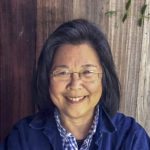
Nancy Ukai
Project Director
Nancy Ukai is a writer and researcher who helped lead a social media protest to stop the Rago auction of Japanese American concentration camp artifacts in 2015. Researching the provenance of the Eaton auction items deepened her interest in objects. She is co-administrator of the Facebook page Japanese American History: Not for Sale. Nancy lived in Japan for 14 years, working as a Fulbright English Fellow, a weaving apprentice at a Buddhist temple and as a journalist at the Tokyo bureau of Newsweek. In 2008 she received a master’s degree in media anthropology from the School of Oriental and African Studies, University of London. She is a Topaz descendant.
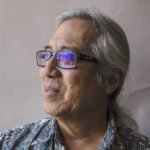
David Izu
Art Director, Web Manager
David Izu is a Bay Area-based artist. His mother was incarcerated at Poston, his father escaped imprisonment in a family caravan to Utah where he was drafted to serve in the U.S. military in Europe. Dave has taught at Stanford, UC Berkeley, the SF Art Institute and the California College of the Arts. His work is part of the permanent collection at SFMOMA as well as other institutions.
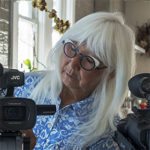
Emiko Omori
Videographer, Editor
Emiko Omori is a survivor of Poston Camp I. Her award-winning documentary, “Rabbit in the Moon,” premiered at the Sundance Film Festival, was broadcast on the national PBS series POV, and won a National Emmy.
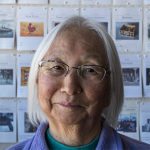
Chizu Omori
In-House Advisor, Writer
Chizu Omori is a survivor of the Poston Camp I in Arizona, a columnist for the Nichi Bei Weekly and the author of many published articles on the incarceration history. She was a named plaintiff in the Hohri class action suit, which went to the Supreme Court in 1983.
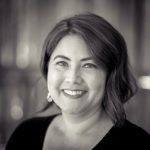
Kimiko Marr
Videographer, Researcher
Kimiko Marr is a fourth-generation Japanese American and a descendant of Topaz survivors. She worked in television for over 10 years before she left to pursue documentary filmmaking with a focus on the incarceration of Japanese and Japanese Americans during WWII.
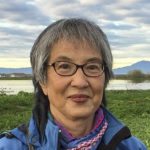
Ruth Sasaki
Editor
Ruth Sasaki is the author of The Loom and Other Stories (Graywolf Press). Her stories have been broadcast on NPR’s Selected Shorts, and “American Fish” was made into a short film. A native San Franciscan, she grew up hearing stories about the local Japanese American community before and during the war. Her mother’s family was in Topaz. Her website (rasasaki.com) focuses on Japanese American identity and experience, and is currently featuring a series about letters written during the war.
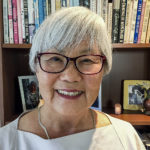
Carol Tateishi
Editor
Carol Tateishi retired as Director of the Bay Area Writing Project (BAWP) in the Graduate School of Education at UC Berkeley where she focused on teacher leadership and literacy in schools. Born in Hermosa Beach, California, she and her family fled the Los Angeles area in 1942 after the Army imposed a curfew and travel restrictions on the Japanese American community, making their way to Idaho and eventually settling in Colorado, where they spent the duration of the war as so-called “volunteer evacuees.” In her retirement, she established and directed BAWP Youth Writing Camp programs in S. Korea, Singapore and China.
Academic Advisory Panel
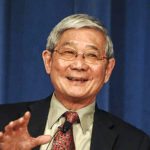
Franklin Odo: Head Advisor
(1939-2022)
Franklin Odo was the John J. McCloy Visiting Professor of American Institutions and International Diplomacy at Amherst College. Odo taught Asian American courses in the American Studies Department. He was the first Curriculum Coordinator at the UCLA Asian American Studies Center and the first permanent director of the Ethnic Studies Department at the University of Hawai`i Manoa. He was founding director of the Smithsonian’s Asian Pacific American Center, 1997-2010, and Chief of the Asian Division at the Library of Congress in 2012. His most recent book is “Voices from the Canefields: Folksongs from Japanese Immigrant Workers in Hawai`i,” published by Oxford in 2013. He edited the Theme Study on Asian Americans and Pacific Islanders for the National Park Service launched in Spring 2018.
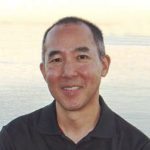
Brian Niiya
Brian Niiya is the content director for Densho and editor of the online Densho Encyclopedia. For the past thirty years, he has been a public historian with a specific interest in the history of Japanese Americans. The first registrar, collection manager and one of the first curators at the Japanese American National Museum, he helped build the collection there and curated several exhibitions, while also editing both editions of the Encyclopedia of Japanese American History (1993, 2001). After moving to Hawai’i in 1996, he played a similar role with the Japanese Cultural Center of Hawai’i, playing a key role in that organization’s efforts to tell the story and preserve the physical site of the Honouliuli Interment and POW camp. His work has been dedicated to bridging the gap between academic history and the general public, and over the years, he has worked on projects in a variety of media, including print, exhibitions, film/video, and the Internet.
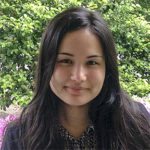
Hana Maruyama
A yonsei descendant of Heart Mountain, Gila River and Jerome, Hana Maruyama is currently a PhD student at the University of Minnesota in the American Studies Department. Her proposed research will explore how Japanese American and American Indian histories negotiate sites of displacement and confinement for both communities. Formerly, she worked for the Smithsonian Asian Pacific American Center and the Heart Mountain Interpretive Center.
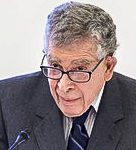
David Lowenthal
(1923-2018)
David Lowenthal was Emeritus Professor of Geography and Honorary Research Fellow at University College London, a Fellow of the British Academy and an advisor to UNESCO. His books include The Past is a Foreign Country (1985), The Heritage Crusade and the Spoils of History (1998) and George Perkins Marsh, Prophet of Conservation (2000). The Past is a Foreign Country – Revisited was published in 2015
Credits
Cover Montage: David Izu
Cover Image: Russell Lee 4/1942, Los Angeles, CA
This project is funded in part by a grant from the U.S. Department of the Interior, National Park Service, Japanese American Confinement Sites Program. The views and conclusions contained in this document are those of the authors and should not be interpreted as representing the opinions or policies of the U.S. Government. Mention of trade names or commercial products does not constitute their endorsement by the U.S. Government.
